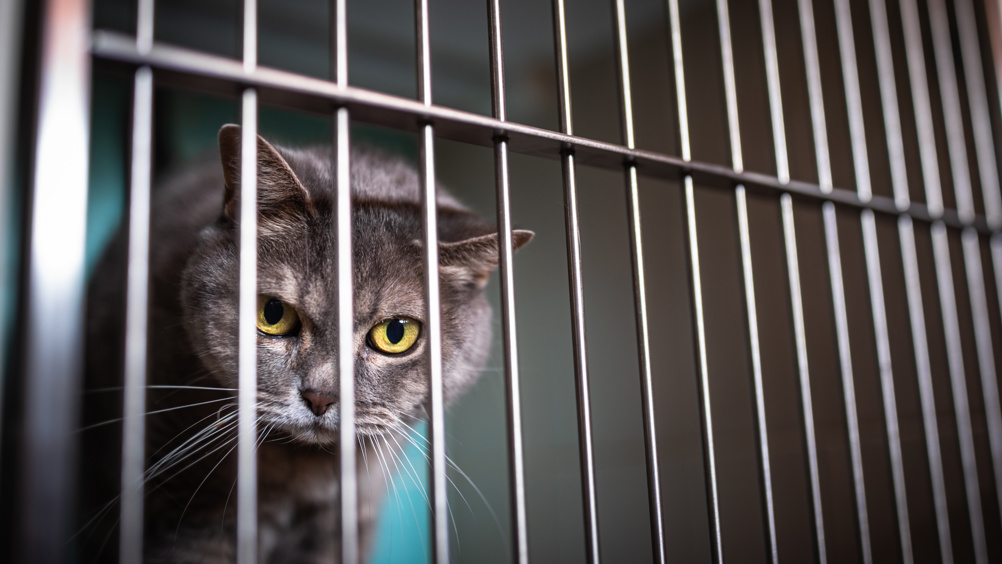References
Critical care thermoregulation: how to keep your cool and avoid feeling the burn

Abstract
Emergency and critical care patients commonly present to veterinary hospitals with abnormal temperatures or are at high risk of developing these variations during hospitalisation. This article reviews the pathophysiology of normal thermoregulatory responses in the feline and canine patient, including physiological complications seen with uncontrolled abnormal temperatures. It explores evidence-based temperature correction techniques while also considering primary disease processes and clinical syndromes with associated compensatory mechanisms in the hopes of assisting veterinary professionals to consider all aspects of the individual critical patient before intervention occurs. The review demonstrated that severe consequences could occur from overzealous and inappropriate temperature correction and further harm can be reduced or prevented by slowing down and considering the causes of thermoregulatory variations, before initiating active warming or cooling techniques.
Emergency and critical care patients presenting to a veterinary hospital commonly exhibit significantly abnormal core temperatures. While variances are sometimes primary in nature, they are often secondary to disease processes or clinical syndromes and may be part of a series of life-sustaining compensatory mechanisms. Patients admitted into the hospital wards and intensive care units (ICUs) are also frequently at risk of temperature variations. While thermoregulatory control is widely discussed in veterinary nursing concerning patients undergoing anaesthesia, there is less emphasis on critical patients. In these cases, it is essential for the veterinary nurse (VN) to not only understand normal thermoregulatory homeostasis but also to consider how to appropriately correct these disturbances without causing further harm. This review aims to equip VNs with the foundational knowledge to pre-empt and recognise thermoregulatory abnormalities in critical canine and feline patients, understand the underlying physiology, and become confident in addressing these changes within the scope of their role in practice while also considering the associated risks.
Register now to continue reading
Thank you for visiting The Veterinary Nurse and reading some of our peer-reviewed content for veterinary professionals. To continue reading this article, please register today.

